
Even in the world of automotive design, not every creation is destined to be a hit. Over the years, several SUVs have missed the mark, capturing attention for all the wrong reasons. From puzzling aesthetics to questionable utility, these vehicles have often been the subject of criticism, with some manufacturers even acknowledging their design missteps. Here is a look at ten SUVs automakers admit were design mistakes.
Pontiac Aztek
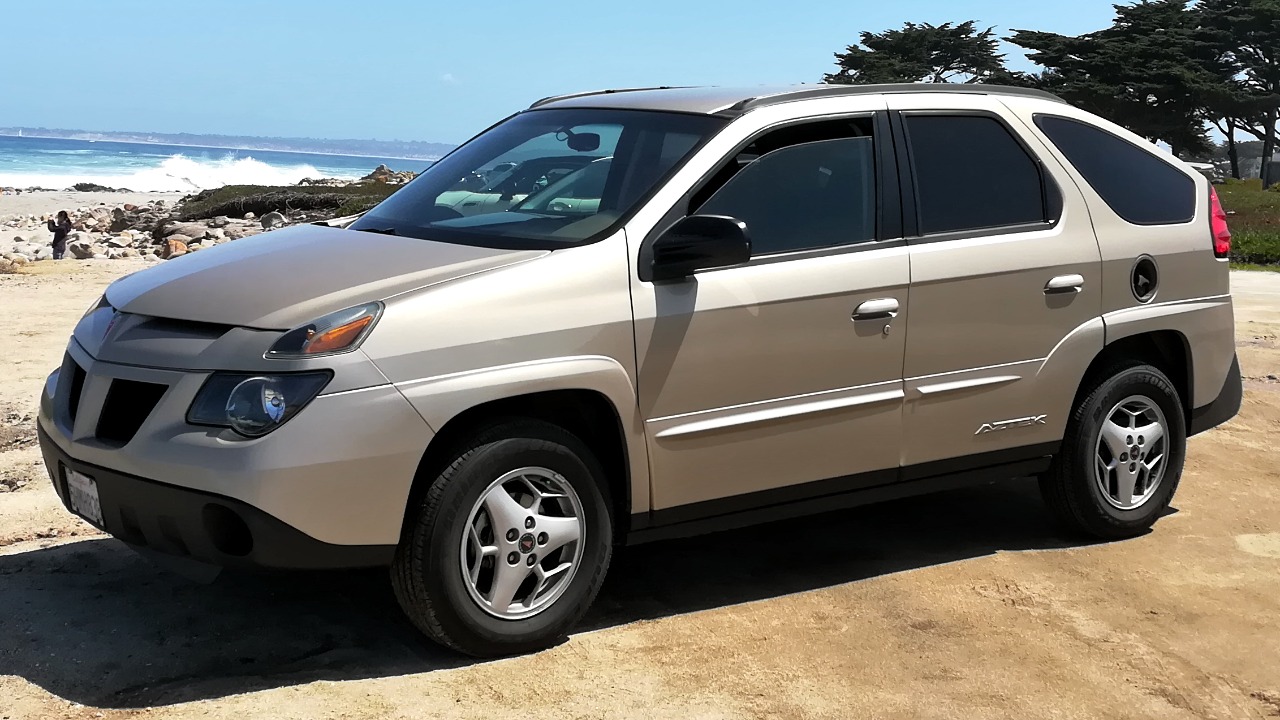
The Pontiac Aztek has become somewhat infamous for its controversial design, often cited as one of the most unattractive vehicles ever made. Released in the early 2000s, the Aztek was intended to appeal to young, active buyers. However, its unconventional shape and clunky proportions led to widespread disapproval. Despite its functionality and features like a removable cooler and tent, the design overshadowed its practicality.
Pontiac’s attempt to create a crossover that bridged the gap between an SUV and a car ultimately backfired. The Aztek’s legacy lives on as a cautionary tale in automotive design, demonstrating that aesthetics can significantly impact a vehicle’s success. Still, some have a soft spot for it, thanks in part to its role in cultural phenomena like “Breaking Bad.”
Nissan Murano CrossCabriolet
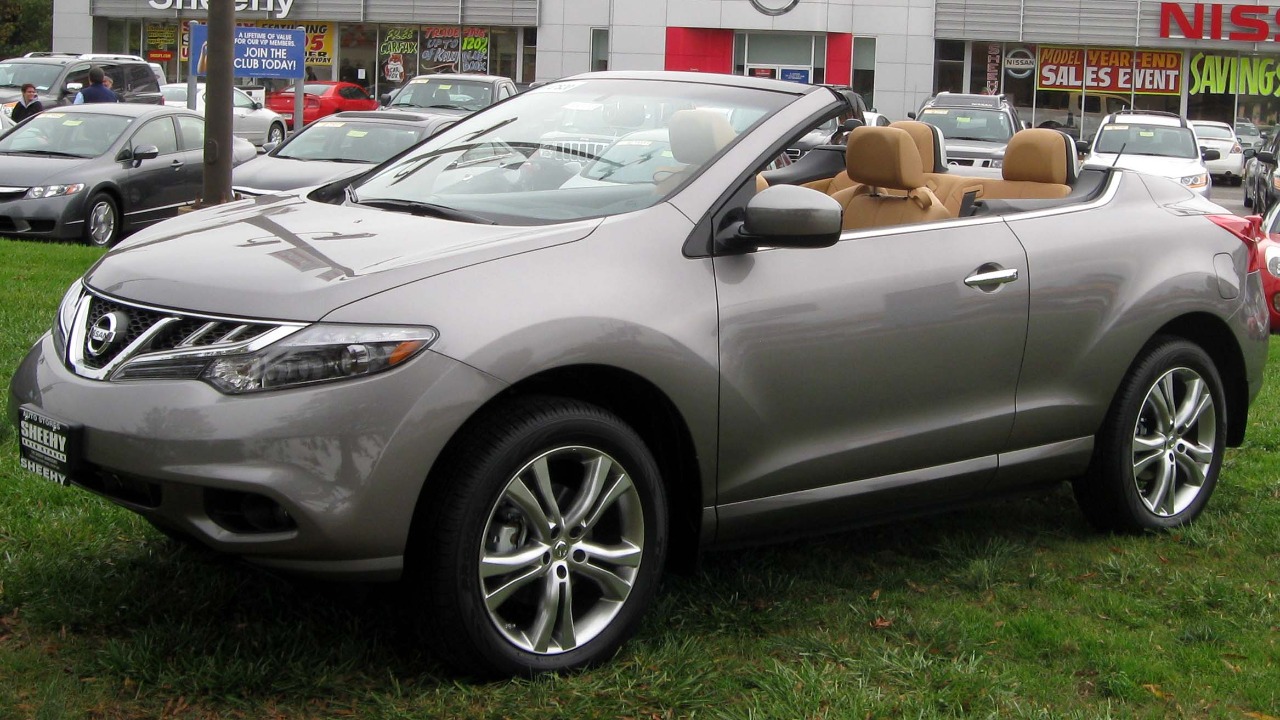
The Nissan Murano CrossCabriolet is an SUV that aimed to combine the utility of a crossover with the open-air experience of a convertible. Launched in 2011, the concept seemed innovative, but the execution left much to be desired. Critics pointed out the vehicle’s awkward styling and high price point, which alienated many potential buyers.
Although it was a bold experiment, the CrossCabriolet struggled to find its niche in the market. Its limited appeal and niche market made it a rare sight on the roads, with Nissan discontinuing the model after just a few years. The Murano CrossCabriolet serves as a reminder that daring innovations must still meet consumer expectations.
Jeep Compass (First Generation)

When Jeep introduced the Compass in 2007, it was met with mixed reactions. The first-generation Compass was an attempt to create an affordable, entry-level SUV that could attract a broader audience. However, its unrefined design and lackluster performance failed to resonate with traditional Jeep enthusiasts who valued rugged off-road capabilities.
The Compass’s underwhelming reception led Jeep to rethink its strategy, and subsequent models have been significantly improved. The early Compass models highlight the challenges of balancing brand identity with the need to expand market reach. Despite its early struggles, Jeep’s willingness to adapt has helped the Compass evolve into a more competitive offering.
Acura ZDX
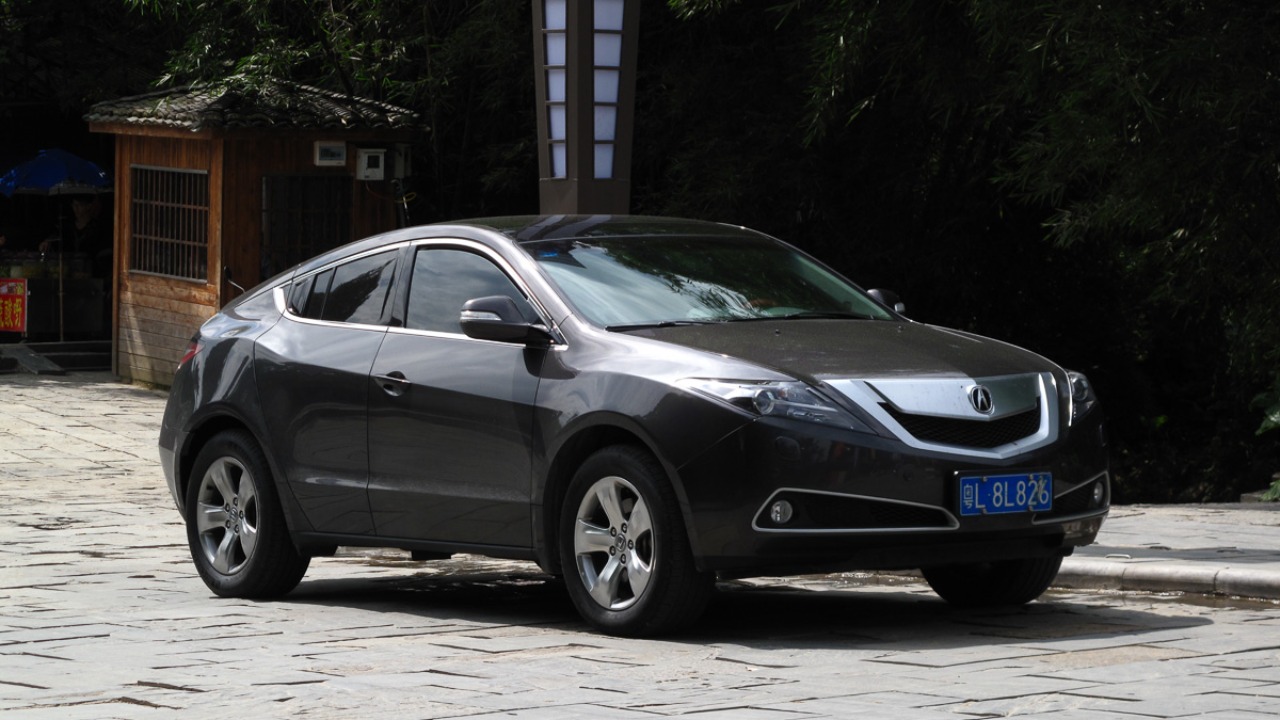
The Acura ZDX was launched in 2009 with high aspirations of blending luxury with sportiness, but its design polarized opinions. The coupe-like roofline and peculiar rear styling were seen as bold, yet impractical, especially in terms of rear visibility and cargo space. While Acura aimed to capture the spirit of the crossover-coupe segment, consumer interest waned.
Ultimately, the ZDX was discontinued after just a few years on the market. Acura’s attempt at innovation was commendable, but the execution did not align with consumer preferences. The ZDX remains a lesson in the importance of aligning creative design with practicality and market demand.
Lincoln Aviator (2003-2005)
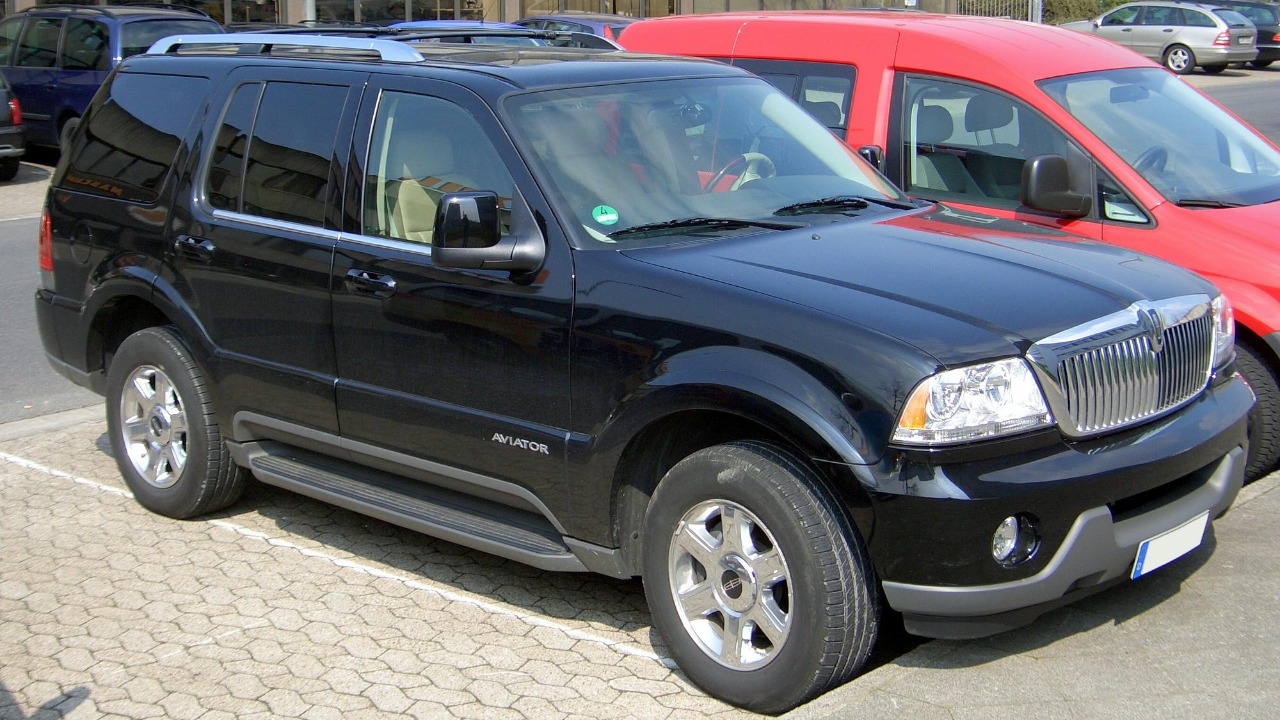
The Lincoln Aviator, produced between 2003 and 2005, was intended to be a smaller, more affordable version of the Navigator. However, it struggled to distinguish itself from its larger sibling and other competitors in the luxury SUV segment. The design was criticized for being too similar to the Ford Explorer, which didn’t help its premium aspirations.
Lincoln’s attempt to capture a slice of the burgeoning luxury SUV market with the Aviator fell short due to its lack of unique identity and appeal. The Aviator’s short-lived production run underscores the importance of differentiation in a competitive market. Lincoln has since revived the Aviator nameplate with a fresh approach and updated design.
Suzuki X-90
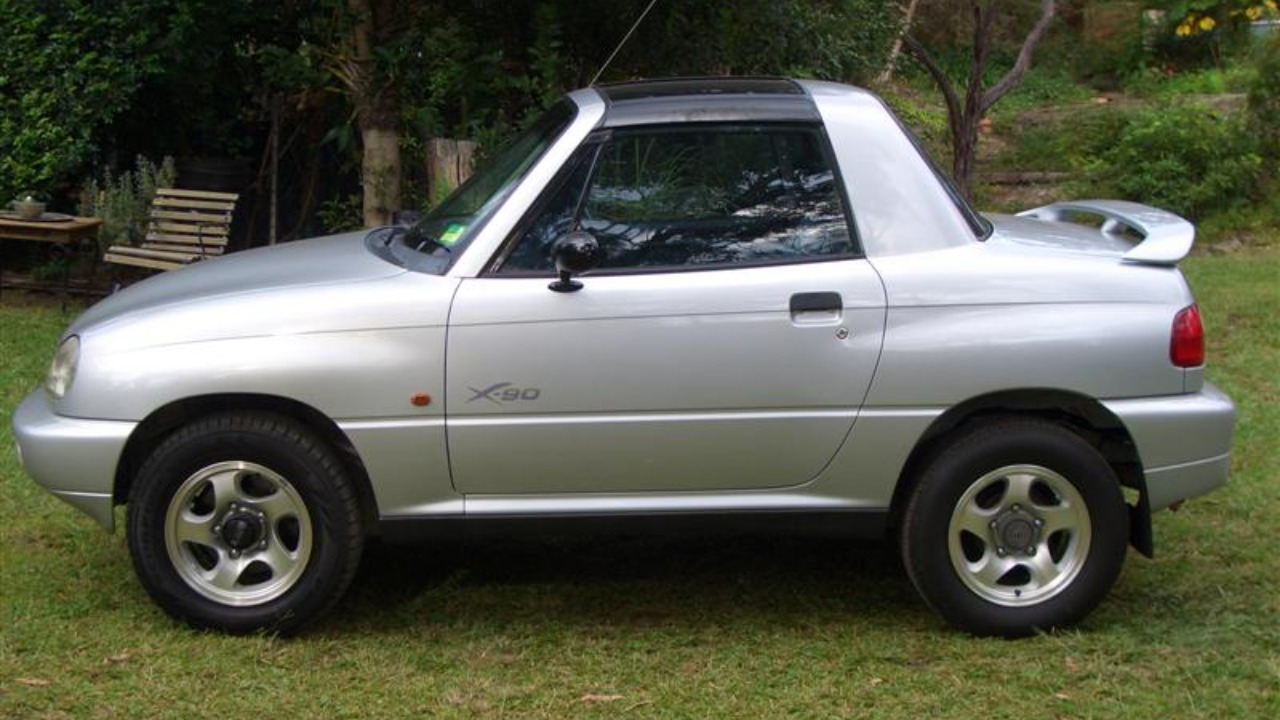
The Suzuki X-90 was introduced in the mid-1990s, and its quirky design quickly became a topic of conversation. With only two seats, a convertible roof, and a compact size, the X-90 was an oddity in the SUV market. Its bizarre appearance and limited practicality made it difficult for consumers to understand its purpose.
Suzuki’s attempt to create a fun and distinctive vehicle was overshadowed by the X-90’s impracticality and niche appeal. The model was discontinued after just a few years, serving as a reminder that while uniqueness can be an asset, it must also meet consumer needs and expectations.
Dodge Nitro

Launched in 2007, the Dodge Nitro was designed to be a bold and aggressive SUV. However, its boxy shape and heavy proportions were not well-received. Critics noted that the Nitro lacked refinement in both design and performance, making it less appealing compared to its competitors.
The Nitro’s attempt to stand out with its rugged styling ultimately failed to attract a significant following. Its discontinuation in 2012 marked the end of Dodge’s foray into the midsize SUV market. The Nitro highlights the risk of prioritizing distinctive looks over overall refinement and consumer appeal.
BMW X6 (First Generation)
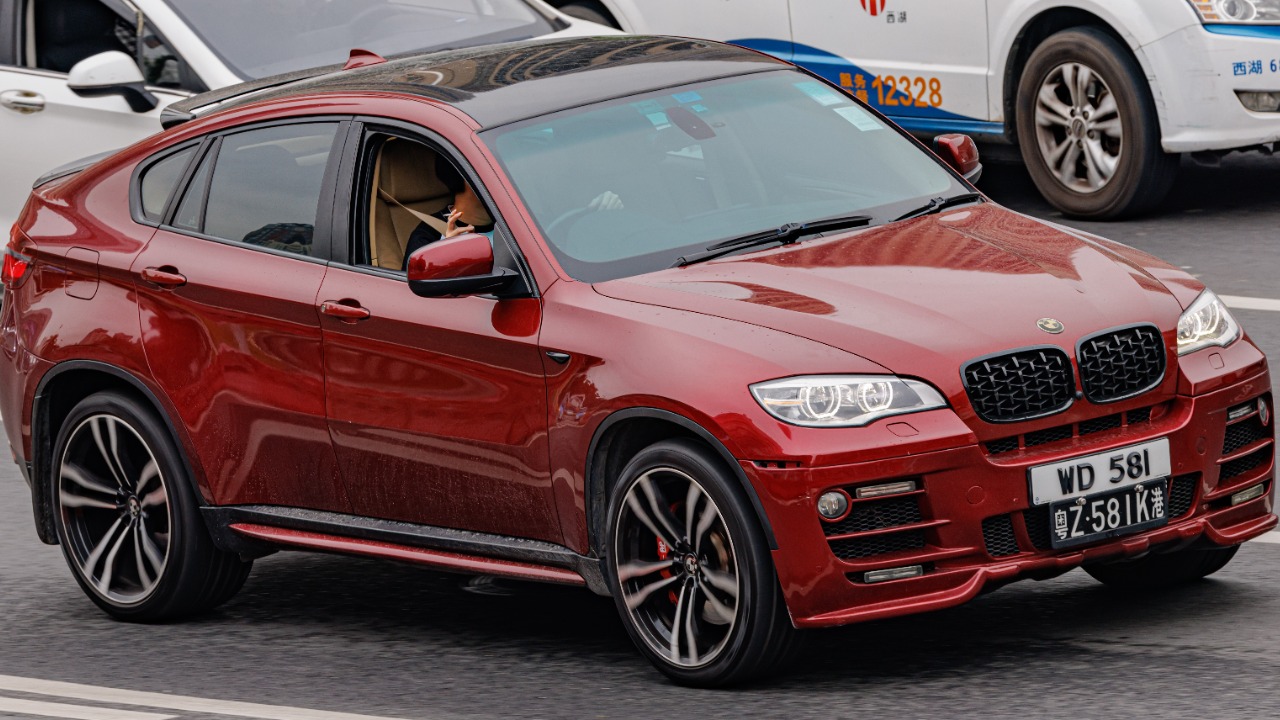
The first-generation BMW X6, released in 2008, was billed as a Sports Activity Coupe, aiming to blend the characteristics of an SUV with the style of a coupe. While innovative, the design was divisive, with some praising its daring approach while others criticized its practicality, particularly in terms of cargo space and rear headroom.
Despite its polarizing design, the X6 has carved out a niche market and influenced the development of similar models. However, the initial backlash serves as a reminder of the challenges of pioneering new vehicle segments. BMW’s willingness to take risks has paid off, with the X6 continuing to evolve in subsequent generations.
Chevrolet SSR

The Chevrolet SSR, a blend of a pickup and a convertible, was introduced in the early 2000s. Its retro design and unique concept attracted attention, but the execution left much to be desired. The SSR’s underwhelming performance and high price point made it difficult to justify beyond its novelty appeal.
Chevrolet’s attempt to create a fun, eye-catching vehicle with the SSR was ultimately hindered by its limited practicality and market appeal. The model was discontinued in 2006, serving as a lesson in the balance between creativity and consumer expectations. The SSR’s legacy lives on as a curiosity in automotive history.
Infiniti QX56

The Infiniti QX56, launched in 2004, aimed to compete in the full-size luxury SUV market. However, its design was criticized for lacking the sophistication expected of a luxury vehicle. The bulky styling and lack of refinement in both aesthetics and performance made it a less attractive option for luxury buyers.
Infiniti’s attempt at creating a flagship SUV with the QX56 fell short due to its inability to meet luxury market standards. The model has since been reimagined as the QX80, with improvements that align more closely with consumer expectations. The QX56’s challenges highlight the importance of aligning design with brand and market positioning.